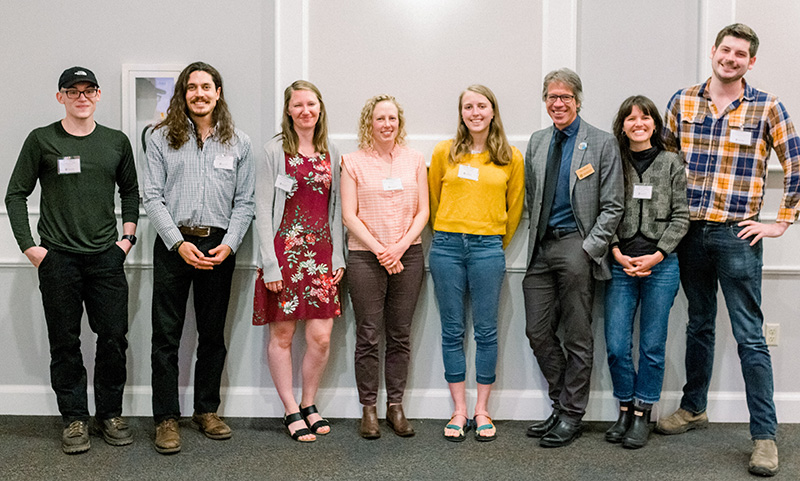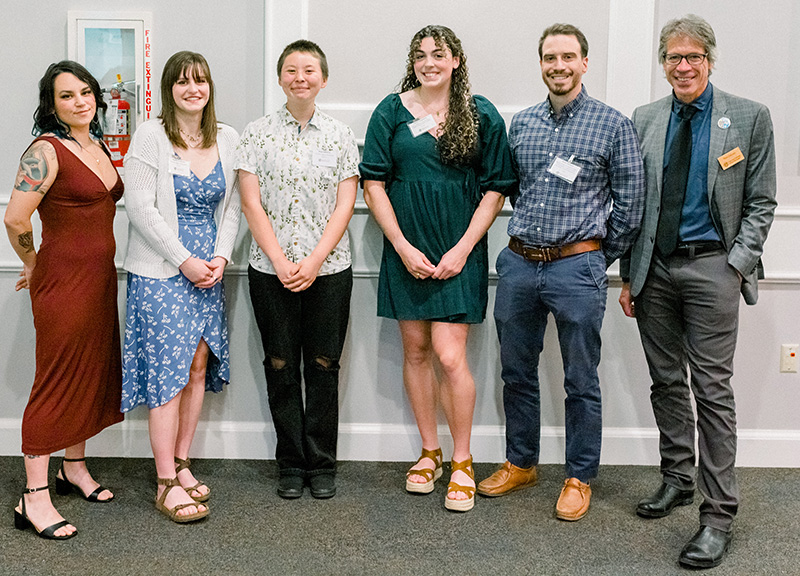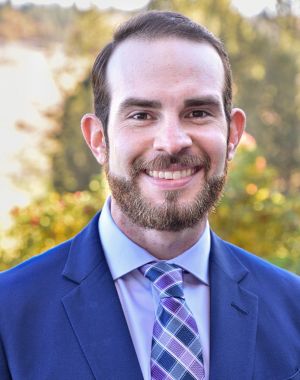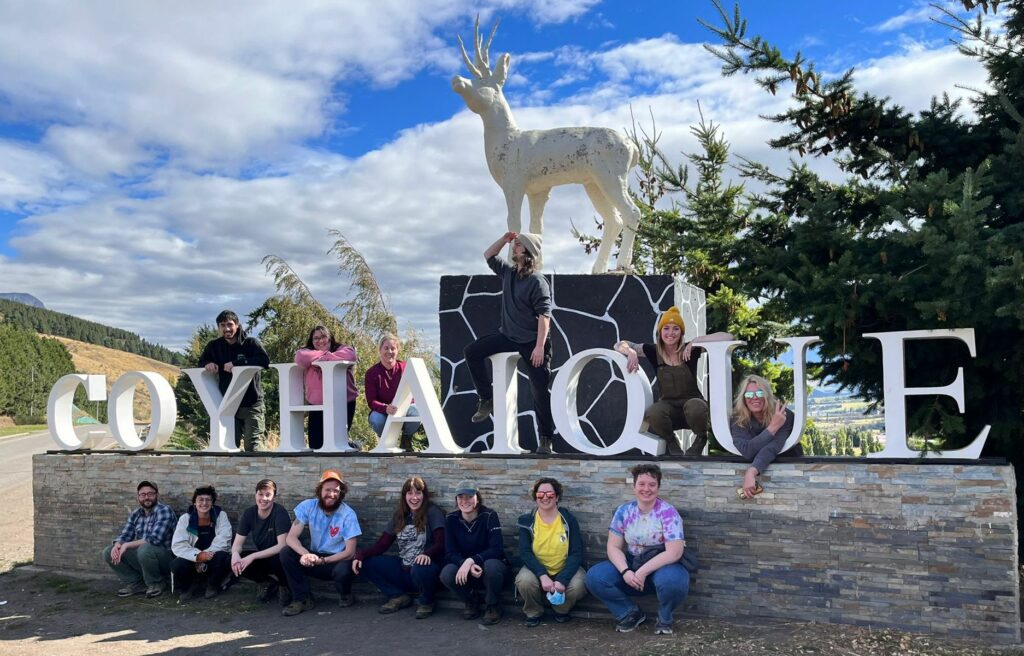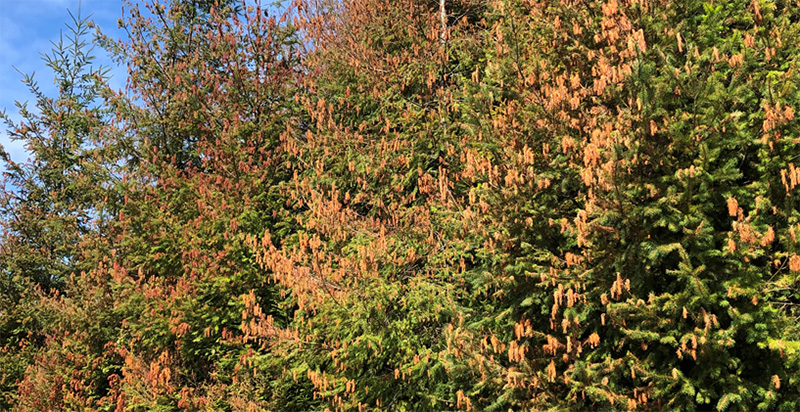Nathan Vega, an undergraduate student double majoring in renewable materials and forestry, has always had an interest in the fields of renewable energy and forest-based bioenergy.
“I am especially interested in biochar for its potential to help with wildfire prevention, energy production and agricultural management,” Vega says.
Biochar is a carbon-rich, charcoal-like substance made by burning organic material, like agricultural or forestry waste, at low oxygen levels in a process called pyrolysis. Biochar can be used as a soil enhancer or as a way to sequester carbon. The energy or heat created during the conversion can also be captured and used as clean energy.
“Biochar is part of something called the circular economy,” Vega says. “And the foundation of this economy is a transition to renewable energy and materials.”
An alternative to the traditional linear economy, the circular economy is restorative or regenerative by design. It seeks to reduce waste and material use, recover resources at the end of a product’s life, and channel them back into production, significantly reducing pressure on the environment.
Vega jumped at an opportunity to work within the circular economy, assisting Scott Leavengood, director of Oregon Wood Innovation Center, in testing Portland, Oregon, based Sankofa Lumber’s new line of panel products known as “SecondStory.”
“SecondStory” panels are unique in that they are composed of reclaimed structural building materials, including lumber, oriented strand board (OSB) and plywood. Sankofa refers to these panels as architectural surfaces and advises using them for purposes like flooring, casework and wall cladding. “SecondStory” panels are currently installed in the Oregon State women’s gymnastics facility locker room.
Leavengood and Vega tested the panels to determine qualities like hardness, bond and bending strength and moisture performance. They measured the panels’ performance based on comparable products like
particleboard, medium-density fiberboard (MDF) and hardwood plywood. The Cascadia CleanTech Accelerator, powered by VertueLab and CleanTech Alliance, funded the testing.
“For entrepreneurs working with any kind of new material or new product, the first question they always get from potential customers is ‘what’s it like?’ or in other words, how does the product compare to what’s on the market now?’ says Leavengood. “We were able to help Sankofa Lumber answer these questions since Nathan put the product through a workout.”
Bond strength is critical for composite products. Leavengood and Vega found the strength excellent even after products were exposed to high humidity and water submersion for several days.
Focusing on his classes and assisting Leavengood with his research projects provided Vega with support and something to focus on during the pandemic.
“Everyone at the College of Forestry was very welcoming and friendly,” Vega says, “Plus, this job was a great part of the last year-and-a-half as it let me get out of the house and listen to music while I did the experiments.”
Vega is a recipient of the Friends of Renewable Materials Seneca Scholarship, Powers Scholarship, and Presidential Scholarship from the College of Forestry. He said receiving the scholarships has been essential to ensuring his success at Oregon State.
“These scholarships have allowed me to pursue my education without distraction or worry,” Vega says. “It’s been such a relief to find that I am so supported.”
When Vega is not studying, he likes to spend his free time reading, gardening, cooking, listening to music, hiking and playing the drums. He also likes to spend his time with his friends and family and he recently joined the college’s logging sports team.
After graduation, Vega wants to work in bioenergy, specifically biochar production from forest biomass as a carbon-negative energy source.
A version of this story appeared in the Spring 2022 issue of Focus on Forestry, the alumni magazine of the Oregon State University College of Forestry.






